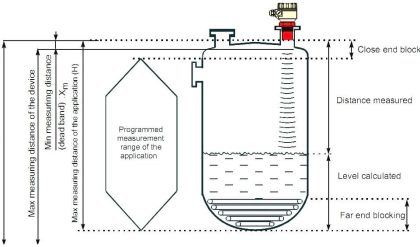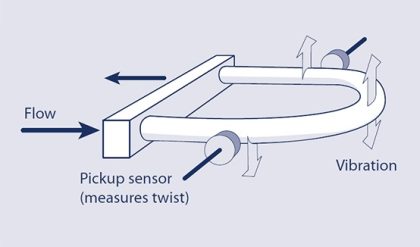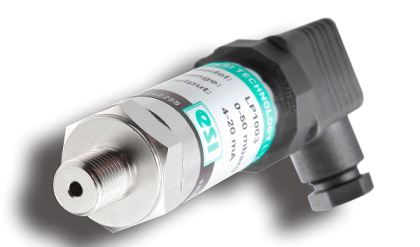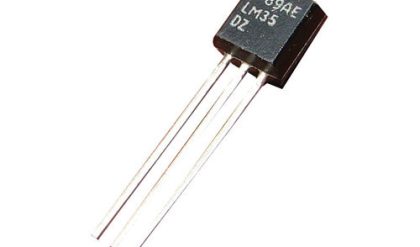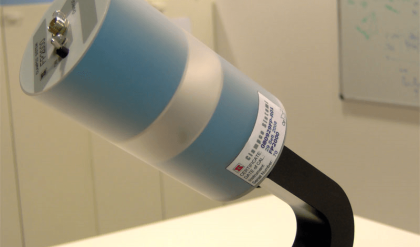A measurement system often consists of several separate components, each of which is subject to errors. Therefore, what remains to be investigated is how errors associated with each measurement system component combine together so that a total error calculation can be made for the complete measurement system. All four mathematical operations of addition, subtraction, multiplication, and division may be performed on measurements derived from different instruments/transducers in a measurement system. Appropriate techniques for the various situations that arise are covered later.
Error in a sum If the two outputs y and z of separate measurement system components are to be added together, we can write the sum as S = y + z. If the maximum errors in y and z are _ay and _bz, respectively, we can express the maximum and minimum possible values of S as S_max = y + ay ð ++ z + bz + ; S_min = y _ ay ð ++ z _ bz ð + ;or S = y + z _ ay + bz ð +: ð
This relationship for S is not convenient because in this form the error term cannot be expressed as a fraction or percentage of the calculated value for S. Fortunately, statistical analysis can be applied (see Topping, 1962) that expresses S in an alternative form such that the most probable maximum error in S is represented by a quantity e, where e is calculated in terms of the absolute errors as ….
Thus S = (y + z) _ e. This can be expressed in the alternative form: …
It should be noted that Equations (32) and (33) are only valid provided that the measurements are uncorrelated (i.e., each measurement is entirely independent of the others).
Example 15
A circuit requirement for a resistance of 550 Ohm is satisfied by connecting together two resistors of nominal values 220 and 330 Ohm in series. If each resistor has a tolerance of _2%, the error in the sum calculated according to Equations (32) and (33) is given by …
Thus the total resistance S can be expressed as ….
Error in a difference:
If the two outputs y and z of separate measurement systems are to be subtracted from one another, and the possible errors are _ay and _bz, then the difference S can be expressed (using statistical analysis as for calculating the error in a sum and assuming that the measurements are uncorrelated) as….
… where e is calculated as in Equation (32) and f = e/(y _ z).
This example illustrates very poignantly the relatively large error that can arise when calculations are made based on the difference between two measurements.
Example 16:
A fluid flow rate is calculated from the difference in pressure measured on both sides of an orifice plate. If the pressure measurements are 10.0 and 9.5 bar and the error in the pressure measuring instruments is specified as _0.1%, then values for e and f can be calculated as …
Error in a product:
If outputs y and z of two measurement system components are multiplied together, the product can be written as P = yz. If the possible error in y is _ay and in z is _bz, then the maximum and minimum values possible in P can be written as….
For typical measurement system components with output errors of up to 1 or 2% in magnitude, both a and b are very much less than one in magnitude and thus terms in aybz are negligible compared with other terms. Therefore, we have Pmax =yz(1 +a +b); Pmin =yz(1_a_b). Thus the maximum error in product P is _(a + b).While this expresses the maximum possible error in P, it tends to overestimate the likely maximum error, as it’s very unlikely that the errors in y and z will both be at the maximum or minimum value at the same time. A statistically better estimate of the likely maximum error e in product P, provided that the measurements are uncorrelated, is given by Topping (1962):
Note that in the case of multiplicative errors, e is calculated in terms of fractional errors in y and z (as opposed to absolute error values used in calculating additive errors).
Example 17:
If the power in a circuit is calculated from measurements of voltage and current in which the calculated maximum errors are, respectively, _1 and _2%, then the maximum likely error in the calculated power value, calculated using Equation (34) is …
Error in a quotient:
If the output measurement y of one system component with possible error _ay is divided by the output measurement z of another system component with possible error _bz, then the maximum and minimum possible values for the quotient can be written as ….
Thus the maximum error in the quotient is _(a + b). However, using the same argument as made earlier for the product of measurements, a statistically better estimate of the likely maximum error in the quotient Q, provided that the measurements are uncorrelated, is that given in Equation (34).
Example 18
If the density of a substance is calculated from measurements of its mass and volume where the respective errors are_2 and_3%, then the maximum likely error in the density value using Equation (34) is _ …
Total Error When Combining Multiple Measurements
The final case to be covered is where the final measurement is calculated from several measurements that are combined together in a way that involves more than one type of arithmetic operation. For example, the density of a rectangular-sided solid block of material can be calculated from measurements of its mass divided by the product of measurements of its length, height, and width. Because errors involved in each stage of arithmetic are cumulative, the total measurement error can be calculated by adding together the two error values associated with the two multiplication stages involved in calculating the volume and then calculating the error in the final arithmetic operation when the mass is divided by the volume.
Example 19:
A rectangular-sided block has edges of lengths a, b, and c, and its mass is m. If the values and possible errors in quantities a, b, c, and m are as shown, calculate the value of density and the possible error in this value.

